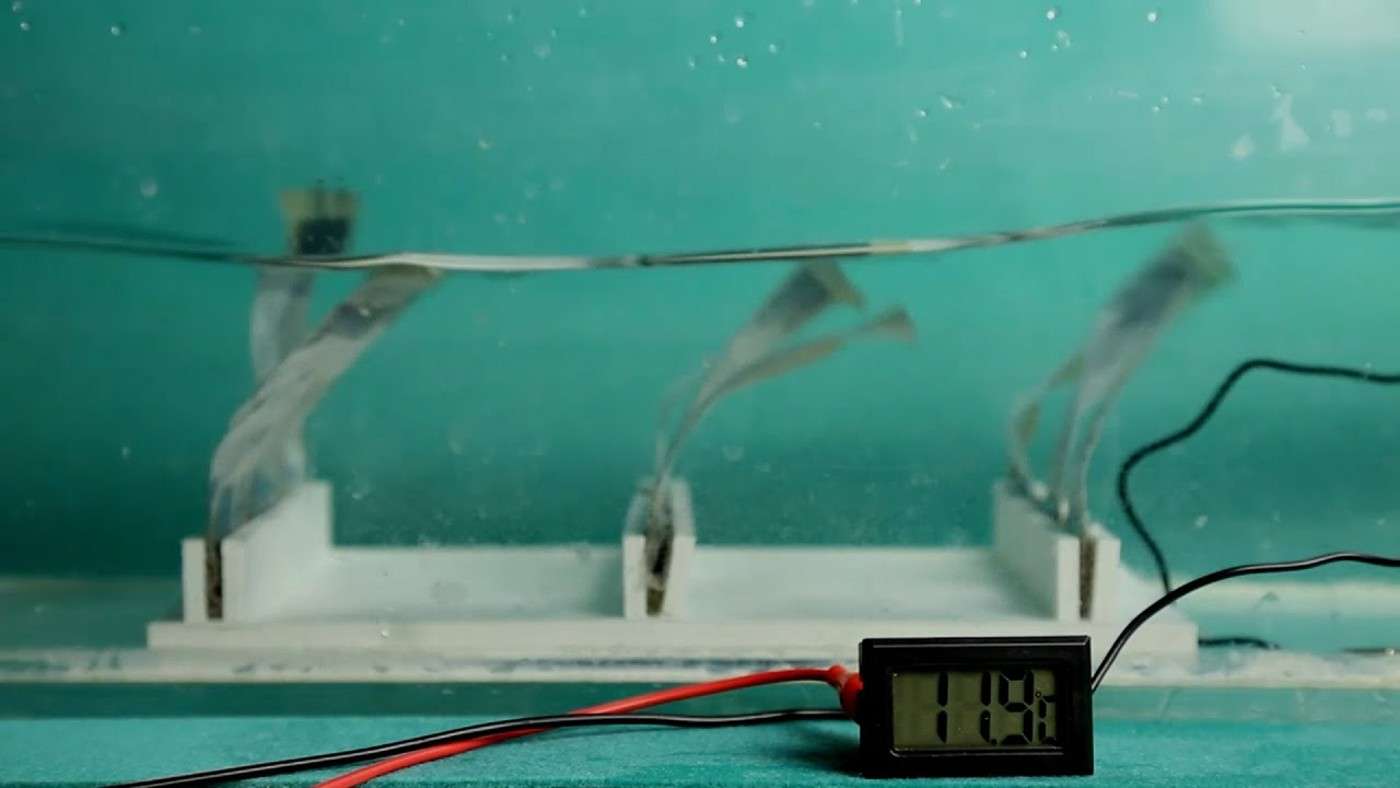New Study Further Resolves Stephen Hawking's Black Hole Paradox - With String Theory
A new study has further resolved Stephen Hawking's famous Black Hole Paradox - with string theory. Check out the findings from Ohio State.

A prototype renewable energy device modeled after seaweed generates kinetic energy while it gently lolls about under the waves.
While only a proven concept, at a large enough scale the small filaments could provide energy to power major electrical appliances in coastal habitations such as floating buoys, coastal power stations, submerged devices, water monitoring equipment, or even a lighthouse.
Renewable energy doesn't always look like something created from nature, but it certainly sometimes is inspired by nature. Already there are intelligent solar panels that track the sun across the sky like sunflowers, "tidal kites" that swim about like fish, and now these energy-generating seaweed strips.
The way they generate power is through triboelectric nanogenerators, or (TENGs) which harvest the excess energy from the transfer of electrons from one surface to another such as with static electricity.
After four years, a pair of scientists working to develop a seaweed-mimicking power supply settled on using FEP, a copolymer used to make flexible tubing around cables, and PET, one of the most common plastics, both coated in conductive ink.
As the waves move the seaweed TENGs back and forth, the coating is repeatedly connected and disconnected, generating electricity. In a recent paper describing their success, the scientists showed how just a few of these seaweed TENGs were able to power a string of 30 LED lights.
As they don't produce heat, light, or sound, they may have no impact at all on their marine environment. Some tidal energy generators are big heavy machines full of right angles which the salt of the sea can bite into, but since these effortlessly swing back and forth, corrosion is suspected to be low.
Minyi Xu, a professor in marine engineering at and visiting scholar to Georgia Institute of Technology who helped develop the seaweed TENGs, estimates that, provided the underwater energy is enough to stimulate the TENGs two or three times a second, a tidal farm equaling the size of Georgia could meet the entire world's energy needs, and while that's enormously impractical due to the infrastructure that would be needed to transport that energy to say, Iowa, one can infer that a much smaller area of seaweed TENGs could provide the energy of a coastal city.
(WATCH the video for this story below.)
ENERGIZE Those News Feeds With This Great News…
Be the first to comment